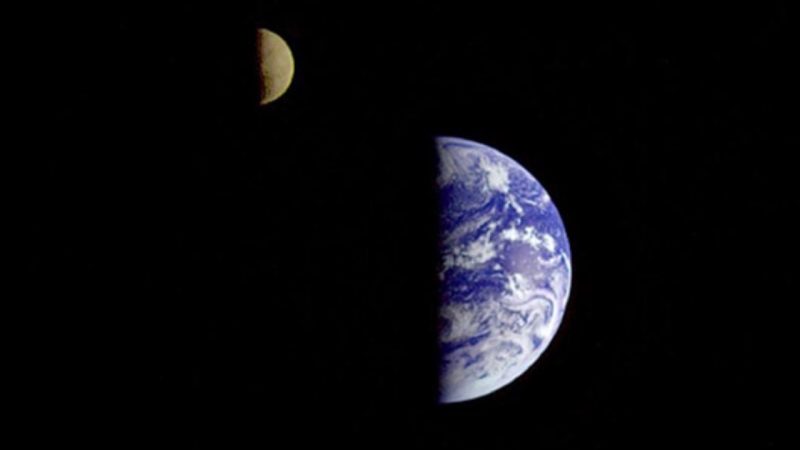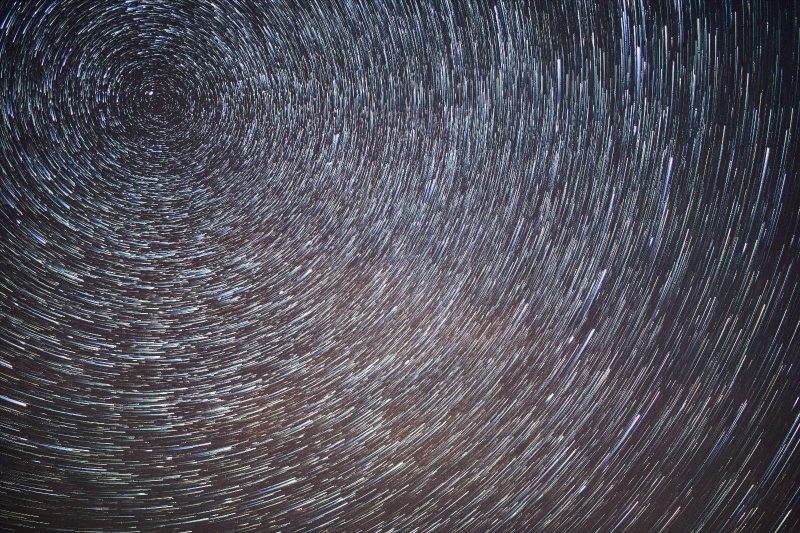
Earth’s spin is constant, why don’t we feel it?
Earth spins on its axis once in every 24-hour day. At Earth’s equator, the speed of Earth’s spin is about 1,000 miles per hour (1,600 km per hour). This day-night spin has carried you around under the sun and stars every day of your life. And yet you don’t feel Earth spinning. Why not? It’s because you and everything else – including Earth’s oceans and atmosphere – are spinning along with the Earth at the same constant speed.
If Earth’s spin were suddenly to speed up or slow down, you would definitely feel it. Because it would be a feeling similar to riding along in a fast car, and having someone either speed up or slam on the brakes!
Think about riding in a car or flying in a plane. If the ride is going smoothly, you can almost convince yourself you’re not moving. A jumbo jet flies at about 500 miles per hour (about 800 kph), or about half as fast as the Earth spins at its equator. But, while you’re riding on that jet, if you close your eyes, you don’t feel like you’re moving at all. And when the flight attendant comes by and pours coffee into your cup, the coffee doesn’t fly to the back of the plane. That’s because the coffee, the cup and you are all moving at the same rate as the plane.
Now think about what would happen if the car or plane wasn’t moving at a constant rate. But instead, it is speeding up and slowing down. Then, when the flight attendant poured your coffee … look out!
Discovering the Earth rotates on its axis
The constant spin of the Earth had our ancestors confused about the true nature of the cosmos. They noticed that the stars, and the sun and the moon, all appeared to move above the Earth. However they couldn’t feel the Earth move. So, they logically interpreted this observation to mean that Earth was stationary and “the heavens” moved above us.
With the notable exception of the early Greek scientist Aristarchus, the world’s great thinkers upheld the geocentric (Earth-centered) idea of the cosmos for many centuries. In fact, Aristarchus first proposed a heliocentric (sun-centered) model of the universe hundreds of years B.C.
It wasn’t until the 16th century that the heliocentric model of Copernicus began to be discussed and understood. While not without errors, Copernicus’ model eventually convinced the world that Earth spun on its axis beneath the stars. And it also moved in orbit around the sun.
By the way, a time exposure of the northern sky, reveals the apparent motion of all the stars around Polaris, the North Star. And this apparent motion is due to Earth’s spin. An example of “star trails” is below.

Bottom line: We don’t feel Earth spin on its axis because Earth’s spin is stead – and moves at a constant rate in orbit around the sun – carrying you as a passenger right along with it.
The post Why don’t we feel Earth’s spin? first appeared on EarthSky.
0 Commentaires